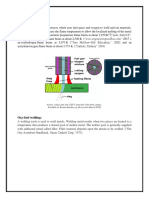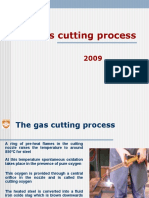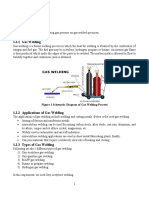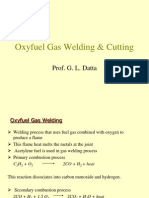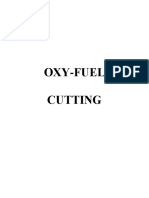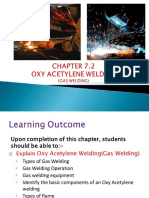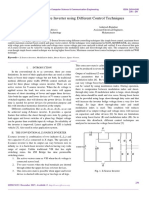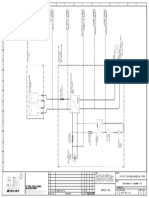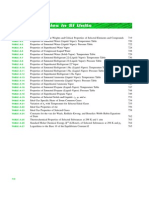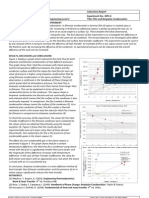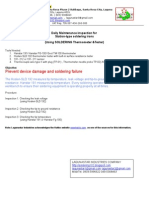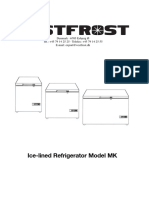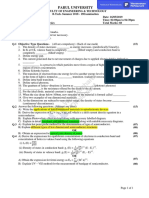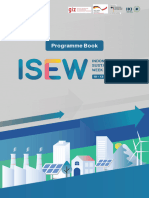0% found this document useful (0 votes)
72 views22 pagesGas Cutting: Equipment & Safety
The document provides a comprehensive overview of gas cutting, detailing the equipment used, types of flames, and safety precautions. It explains the working mechanism of oxy-acetylene gas cutting, the importance of non-return valves, and the limitations and applications of the process. Additionally, it emphasizes the need for proper safety measures while handling gas cutting equipment.
Uploaded by
masuphatikoe233Copyright
© © All Rights Reserved
We take content rights seriously. If you suspect this is your content, claim it here.
Available Formats
Download as PDF, TXT or read online on Scribd
0% found this document useful (0 votes)
72 views22 pagesGas Cutting: Equipment & Safety
The document provides a comprehensive overview of gas cutting, detailing the equipment used, types of flames, and safety precautions. It explains the working mechanism of oxy-acetylene gas cutting, the importance of non-return valves, and the limitations and applications of the process. Additionally, it emphasizes the need for proper safety measures while handling gas cutting equipment.
Uploaded by
masuphatikoe233Copyright
© © All Rights Reserved
We take content rights seriously. If you suspect this is your content, claim it here.
Available Formats
Download as PDF, TXT or read online on Scribd
/ 22










